Search
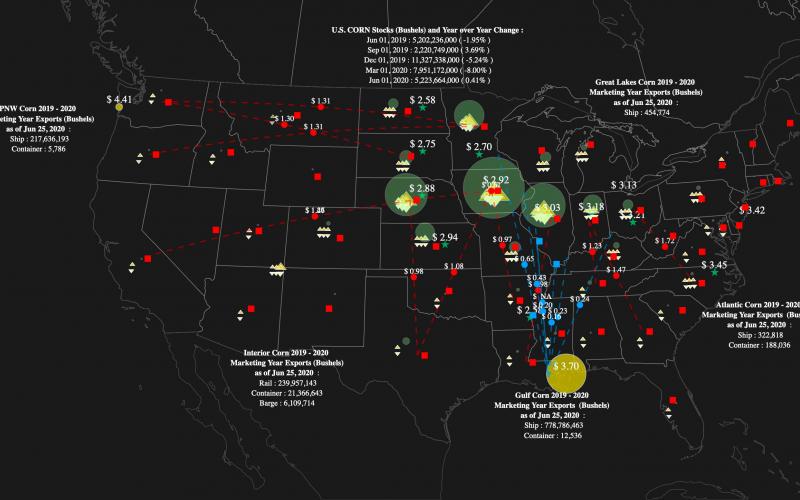
Interactive Grain Report Tool
The SDSU Extension Interactive Grain Report Tool provides a real-time and historical grain situation report for corn, soybeans, hard red spring wheat, and winter wheat. The tool gathers data on average state elevator cash bids, export cash bids, rail and barge costs, grain stock levels, rail cars loaded by state with grain, grain barge movements, and marketing year export inspections.

Keep an Eye on Your Dairy Farm Employee Vision Health
With the aim to understand more about vision impairment with dairy employees, the SDSU Extension dairy team researched dairy employees' health status with a focus on vision care.
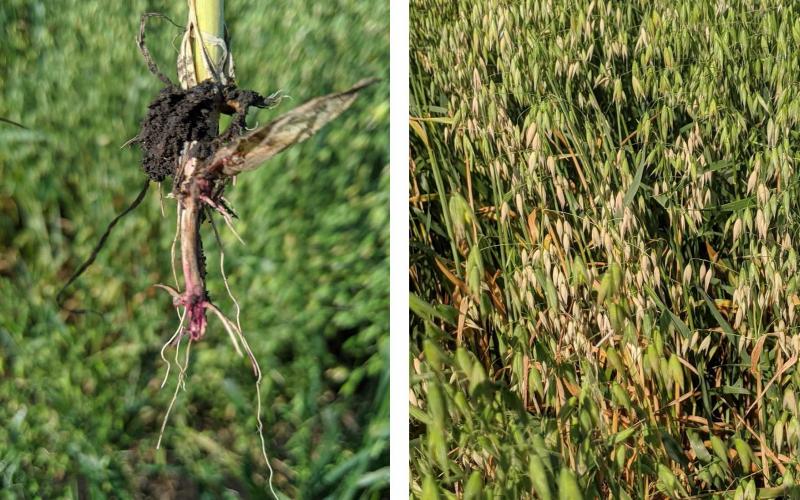
Fusarium Crown and Root Rot Observed in Oats
Some oat fields are showing plants wilting with tillers dying prematurely and heads looking bleached. Inspecting the crown and sub-crown area reveals the discoloration and rotting and sometimes a pinkish color can be observed. These are typical symptoms of Fusarium root and crown rot.
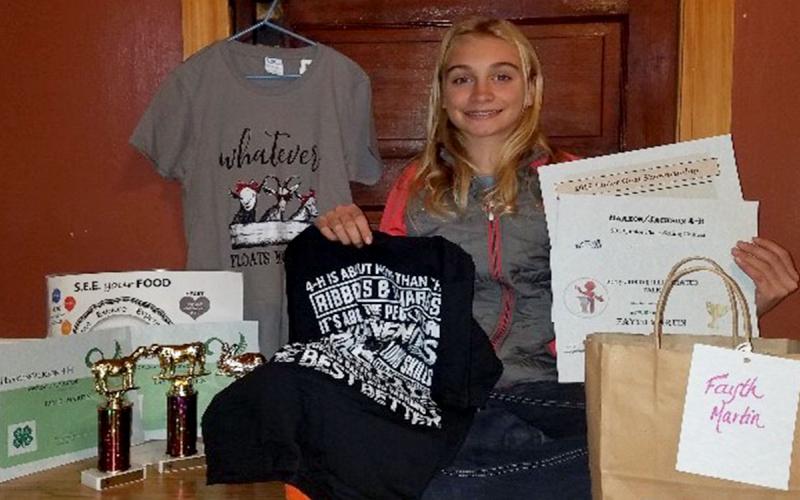
Martin Learns Patience From 4-H Experiences
Fayth Martin, a six-year South Dakota 4-H member in Haakon County, loves helping kids learn, whether it is through presentations or helping them complete projects.
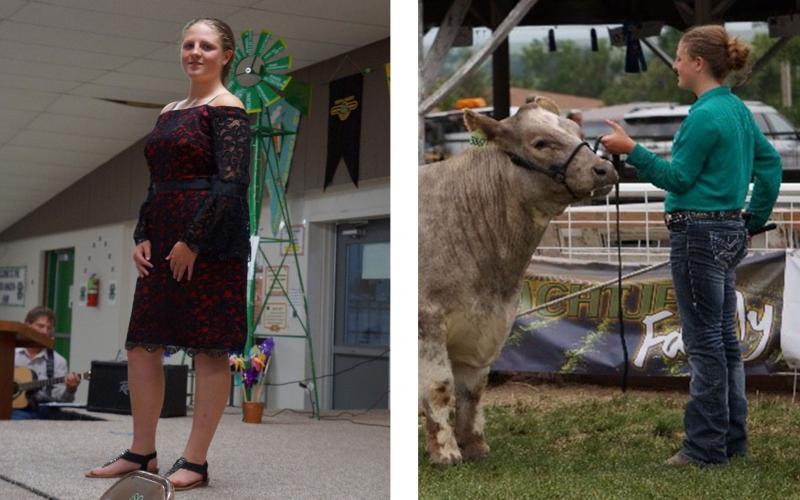
Perseverance: An Important Skill Learned in 4-H
Maggie DeMers is a member of the Clovervale 4-H Club in Tripp County, S.D. Through 4-H, she has influenced many people with her passion, learned skills and shared experiences.
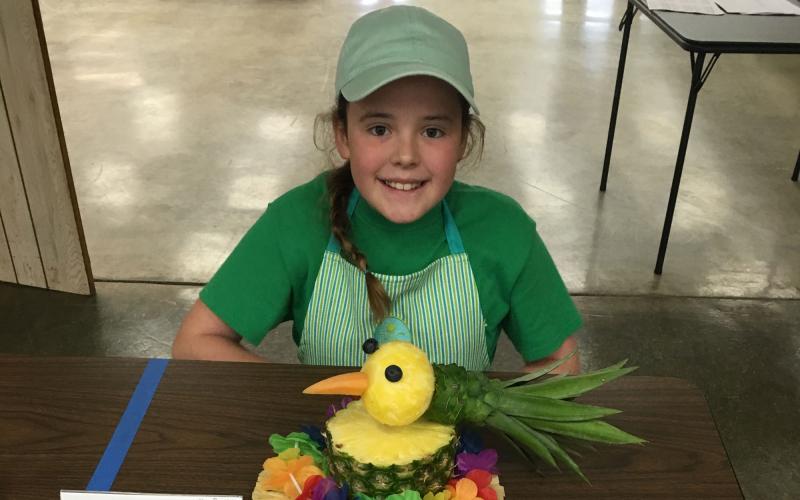
Gaining Life Skills and Helping Those in Need
Hope Baysinger, a fourth-generation 4-H member out of Sanborn County, S.D., credits 4-H for teaching her valuable life skills and giving her opportunities to help those in need.
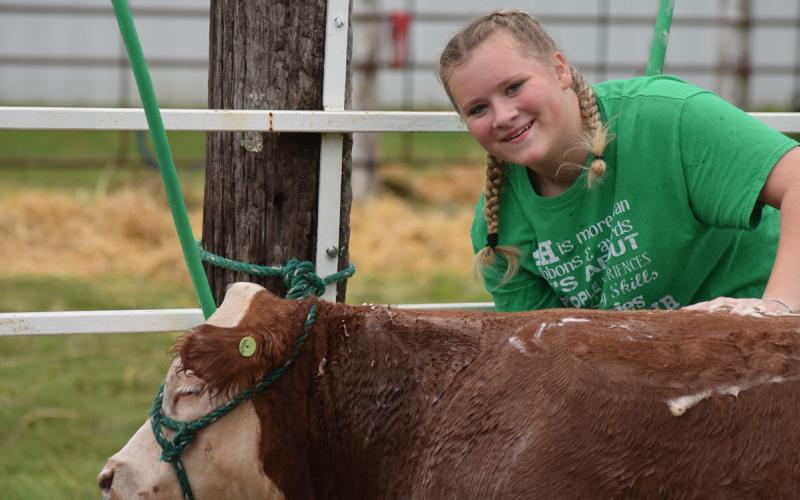
Yankton Teen Gains Livestock Experience Through 4-H
4-H has allowed Ellie Wagner of Yankton, S.D. to explore different aspects of life that she normally wouldn't. Even though she lives in town, her club leader helped her become involved with showing livestock.
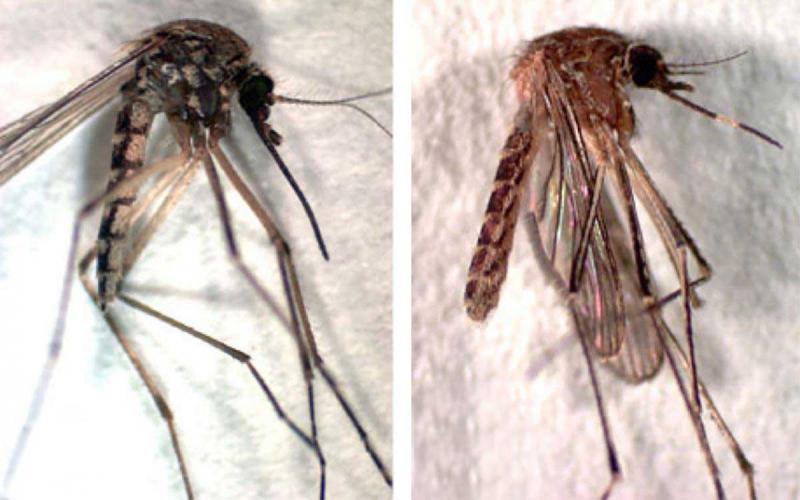
Know Your West Nile Virus Vectors
In some areas of South Dakota, recent precipitation has led to an increase in mosquito activity. To reduce the chances of contracting West Nile Virus, it is important to understand the behavior of the mosquitos capable of vectoring it.
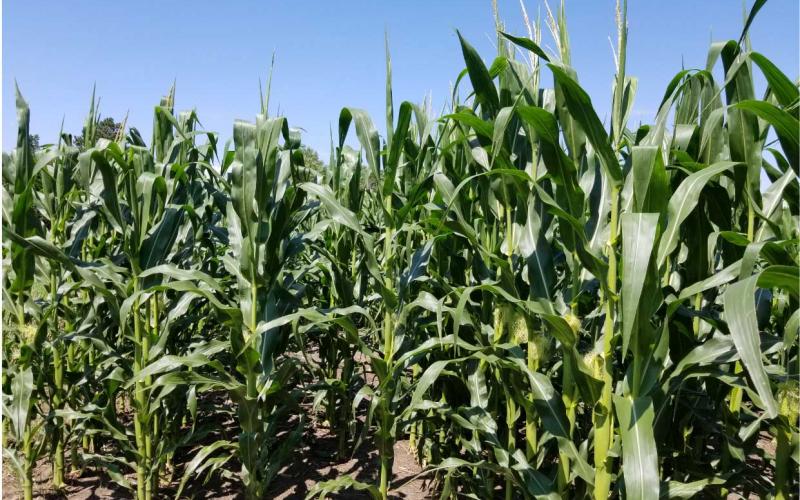
Flowering in Corn
Corn is at or near the most critical growth condition. Successful flowering and pollination are very important in determining the fate of the kernel setting and development. This article summarizes the pollination process and the effects of dry, hot conditions on pollination.
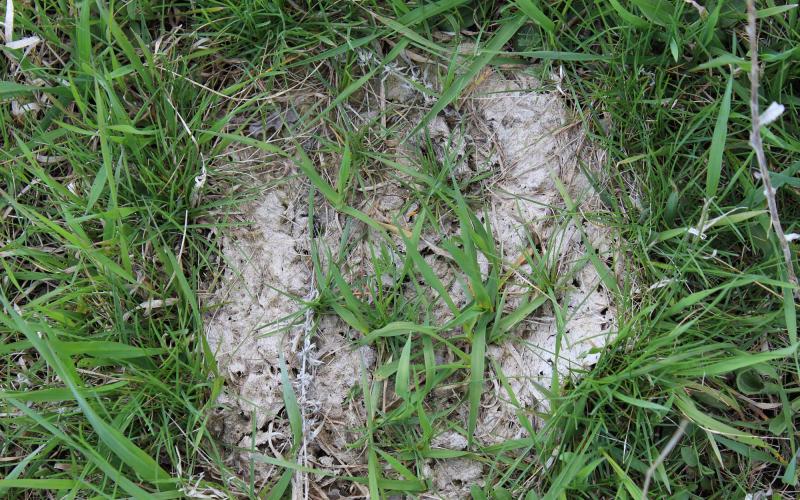
Dung Beetles and Other Insects Can Help Breakdown Dung and Control Pests
This article summarizes findings related to dung beetle ecology and how dung beetles advance the breakdown of dung pats.